A Journey In Reverse Direction, Zhu Lanqing 朱岚清
Zhu Lanqing is one of the youngest, if not the youngest, photographers ever to win the prestigious Three Shadows Photography Award back in 2014. Her Series A Journey In Reverse Direction is a poetic expedition of her hometown Dongashan Island, in which she rekindles her relationship with the culture she was born into. The news of her winning sparked some controversy online with some questioning the social significance of the project. Others said her series was “petty bourgeois, trivial and plain”. In this interview, I talked to Zhu Lanqing about her motivation behind A Journey In Reverse Direction and the current project she is working on. While working on Ten Billion New City, Lanqing has also published Lateral Root, a photo zine that she co-curated with photographer Yang Yuanyuan and designer Yang Lutong. More info at the website.
What was your first camera? What is your first memory with photography?
The first camera I used was a snap-and-shoot borrowed from my grandfather. When I was in secondary school, I became more interested in the village I lived in. I am especially drawn to the old houses, which were teetering on the brink of collapsing. It would be a shame to let them vanish without a trace, so I began photographing them. That was the first time that I picked up a camera and shot with an intention to create something. With my grandfather’s camera in my hand, I went and bought some rolls of film from a photo studio in my town (I remembered it was called ‘Destiny’ in Chinese – it was a wedding photo studio). I did not like the photos I took, but I still kept them with me. At the time, digital cameras were getting popular. I begged my parents to get me one. That is how I got my first camera, coincidentally it is the same brand as my grandfather’s, a Taiwan brand called PREMIER.
When did you start to see photography as an art form/ a way of expression?
Since I picked up photography, it has always been a way of expression, it was for me back then and it is still true for me now, but the story I want to tell is no longer the same. The reason that photography came into my life is because I had a desire to express, and the desire chose photography as its channel. But to see it as art, I think one has to learn a lot about the medium, in order to practice photography in the context of fine art, and ultimately integrating photography with different types of media.
In ‘A Journey In Reverse Direction’ you went back to photograph your hometown. Did you have any presumptions, visually and ideologically, in mind before starting the project? What are some insights you got about your relationship with your family and hometown during the project?
I love director Hou Hsiao-Hsien and his movies. I remembered the first time watching ‘The Boys From Fengkuei’, I felt like I was watching a movie of my hometown, a small town on a remote Taiwanese island and the rural youth walking out of the town. From then on, I have grown more curious about my own culture. The movie inspired me to go out and learn more about the culture I am born into. I don’t think I had a clear idea because I knew so very little about my hometown before the project. That was the reason why I decided to go back to Dongshan Island (in Fujian, China) to get to know the simple island more through photography.
Almost All your photographs from your projects are square format? Is there any reason behind using a square format? What camera do you shoot with?
I shot ‘A Journey In Reverse Direction’ with my Mamiya C330, using 120 colour negatives, so the photos turned out to be square format. I had not put much thought on the aspect ratio. Now I use a Mamiya 7 and the picture I get is 6×7 instead of 6×6.
The weight of the camera, the image ratio and format of the viewfinder can affect the way of shooting a project in subtle ways. For instance, an image seen through a waist level viewfinder had a cinematic quality to it. Like a movie director, I ‘move’ the world outside with my viewfinder. Square format, because of its symmetry, does not direct attention to either side of the image. It also forces me to get closer to the person or object I am shooting.
You are still working on the project, what more are you trying to include in your narrative?
I am working on a project called Ten Billion New City which took place in a resort city in Tongshan Island built in the 90s. The city is populated with hotels and tourist facilities. The project examines the transformation of a simple island into a tourist destination, and its impact on the islanders. I got the idea for the project when I was shooting A Journey. Before the construction began, developers from Hong Kong and Guangdong promised to invest 30 billion dollars in a period of 15 years, building high-end villas, restaurants, discos, saunas and equestrian training schools. However, for various economic and political reasons, the project was abandoned midway, facing the same grim fate of countless development projects in China. Many newly built resort hotels were demolished, leaving acres of vacant lands, now overgrown with weeds.
Ten Billion New City symbolises the golden era of Dongshan Island, where rows of seafront hotels overlooking the city welcome tourists from around the world. Now the city is no longer bustling. I wanted to document the current situation of the city, not only through my photographs but also by collecting old photographs taken by people who lived by the sea, in the hotel and resorts. I am also collecting promotional brochures and sales catalogues, in an attempt to recreate the gilded age of the island – a rather short-lived dream of prosperity. Through these images, I wanted to visualise the relationship between rural development and the local residents, and understand how a city’s image is constructed. Besides going out shooting and doing research, I am also figuring how to put together my photographs and the images I collected.
Why did you have this idea of making a handmade book for ‘A Journey In Reverse Direction’?
I took part in the OFPIX ‘return home’ programme hosted by Ren Yue, who teaches at the School of Journalism and Communication at Renmin University of China. One part of the programme was to invite ten photographers to make ten handmade phootbooks about their hometown. Perhaps because Ren had seen my book “? X ?”, which I produced when I was an undergraduate, and saw potential in it, she invited me to the programme.
I went home with the project in mind, working out how to present my image and what to include in my book. I was already photographing Dongshan before this project, so it just all came together at the end – the photobook and my photographs. I worked on the book as hard as I worked on any of my photo projects. Even after the programme ended, I kept refining and completing the book until the way it is now.
It seems to me that you have adopted very different aesthetics in ‘A Journey in Reverse Direction’ compared to your previous projects such as ‘Meet strangers’ and ‘All about my grandma’. Is this a conscious choice? The quiet tone and the muted palette works really well with the gentle nostalgia that permeates the project.
I think A Journey is the first photo essays that I consider complete. The projects before that were rather immature in hindsight. I was trying to develop my own approach to photography when I worked on those projects. Some photographers do mindfully make stylistic choices to establish a certain aesthetics with their work, but in A Journey I did not have one. Although photographers will inadvertently bring in their own influence into the work, I wanted to capture the beauty of the land and let it create its own aesthetic with minimal intervention from my end. The humidity and stuffy air, the island’s weather and sunlight, the colour of the ocean and the soil, the typology of local plant species and the local community are all integral to the island’s beauty.
When you won the Three Shadows Photography awards, you sparked controversy online. Some criticised that your work lacked ‘social significance’ and did not ‘raise important questions’. Where do you think this criticism comes from? Do you think some photographers’ obsession with social meaning has pigeonholed photography and thus limited its possibilities? What does ‘social significance’ mean and how important it is to you?
The most interesting thing about photography, to me, is that my camera opens a ‘portal’ for me to examine life and discover an even bigger world. Creative processes often begin with a question, the only difference is the approach, whether the artists respond to a question head-on or answers it indirectly using artistic language. There are countless issues in the world and none of those should be considered more minor or insignificant than others despite some photographers paying more attention to certain subject matters. For me, every question has its unique significance, regardless if it is a social or a historical one, a personal or a regional one. Each of them makes up the whole picture of what we are collectively as a society. Some photographers may prefer approaching social issues in a particular way (for instance, direct criticism, satire or a straightforward portrayal of the dark side of society) and only see these approaches as socially relevant. However, society is a sophisticated, ever-changing and multifaceted entity that has many ‘lateral roots’ (that is the idea of our zine of the same name) and ambiguous boundaries and as such, there is more than one way of responding.
‘Social Significance’ is important, but just like our society, it has many sides. What is more, I think the meaning should come naturally with the work, rather than an intention to make art. When we investigate the world from our perspective, curiosity will lead us to a ‘portal’ where our own social reality emerges. And the art will guide us to the answers to our questions, finally finally revealing themselves in the form of our work. That is when an artwork bears its social significance. In my opinion, photography is a process that directs me to the ‘portal’, it is not a tool to achieve ‘social significance’. I am always skeptical of anyone whose motive to make art is to create ‘significance’. To me, that ambition is worth questioning.
A while ago, Zhang Xiao started a project called ‘Eldest Sister’, which highlighted a prevalent outdated aesthetic and understanding about photography in Chinese society. The idea of fine art photography is still in its infancy in China. As a young photographer born in the 90s, what do you think about this? How did the audience and your family react to your project? Do you see a new surge of contemporary Chinese photographers slowly changing the old notion of photography?
As there are more online channels and websites that feature documentary photography, an increasing number of young photographers have begun working on long-term editorial projects. And there are relatively less constraints concerning styles and subject matter. The same thing is true for fine art photography as well. Young creatives have more access to information and knowledge from the outside world. This opens them up to a diverse range of photography. But I think each of us needs time honing our skills, perfecting and finding our own niche in order to create any work that is mature and seminal. I am still on this creative journey of discovery, developing my voice in the world of contemporary photography.
I have got a range of different reactions from my audience and my family. Some are really interesting but I have also heard some older people around me who confessed that they did not understand my work. That always confuses me. The subject I shot in A Journey was nothing more than scenes from their lives, what’s not to understand? Maybe they did not believe that banal daily scenes are worthy of a gallery wall. A new wave of young photographers is pushing the boundary, slowly changing age-old presumptions about photography. The process may be more sophisticated than imagined because photography does not only exist in the art arena, it is also in the public domain. Therefore, the recent development in the fine art photography community may not immediately bring changes to the outdated notion of photography; it is simultaneously affected by education, commercial industry and other sectors in the society.
Which photographers do you look up to?
A lot of photographers have had heavy influence on my practice, though I cannot tell exactly how much they do. In the beginning, when I first developed interest in photography I looked up to Mary Ellen Mark, and later on, adored Jeff Wall and Tomoko Yaneda. As for Chinese photographers, You Li’s work was an inspiration. I remembered looking at her work for the first time in university and being fascinated by the way her empty landscape of everyday life can express such range of profound emotions.
More from Zhu Lanqing on her website: http://julanching.com
Interview by Sheung Yiu
Gallery: All Photographs © Zhu Lanqing
~
Share



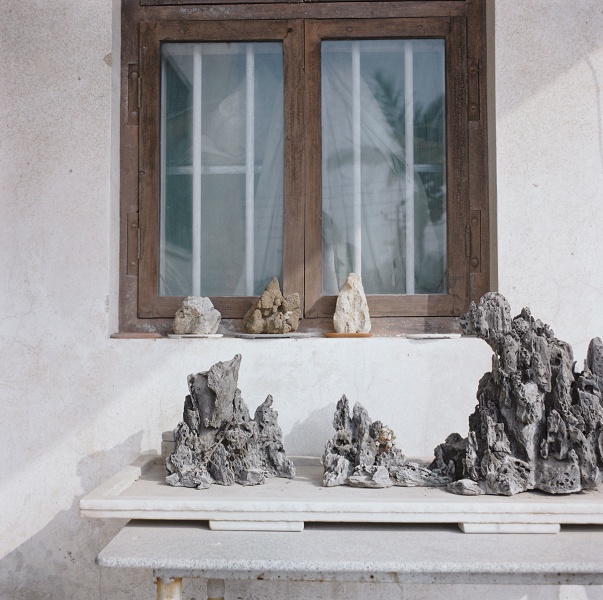
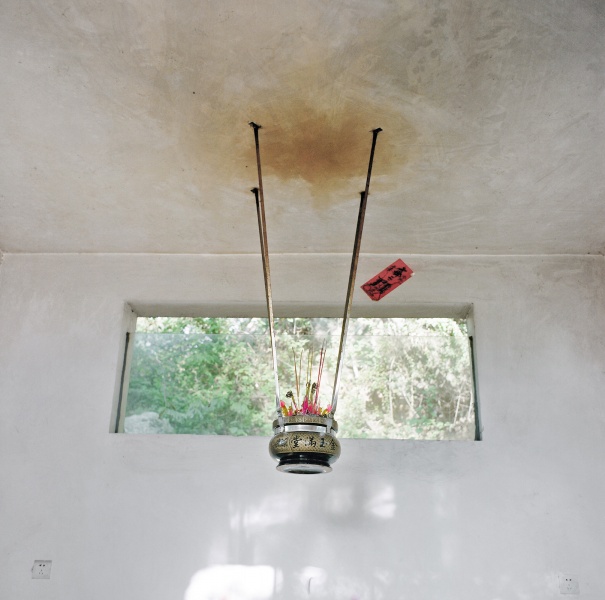

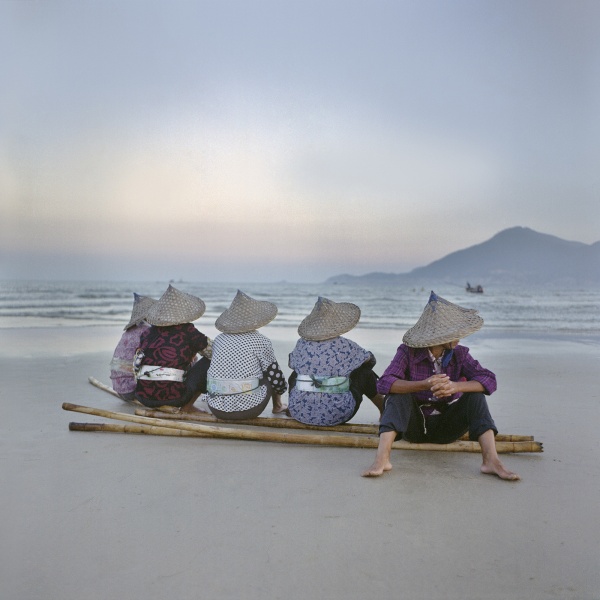

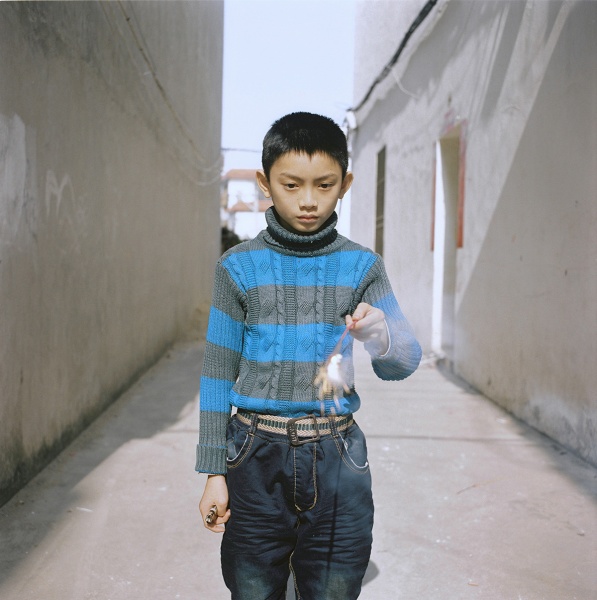
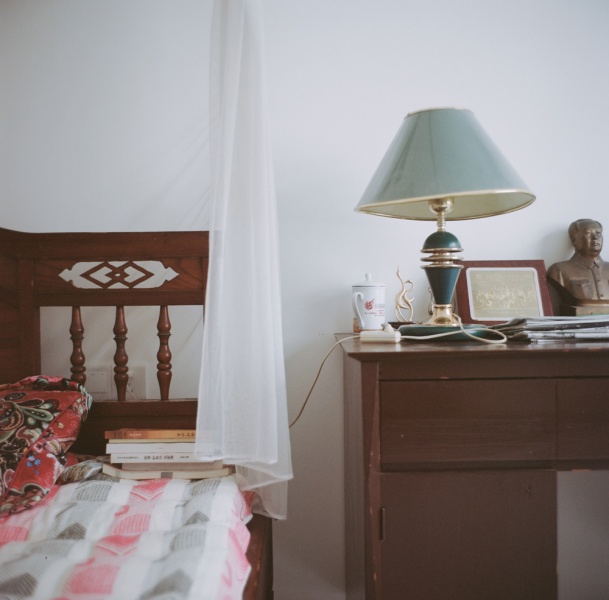
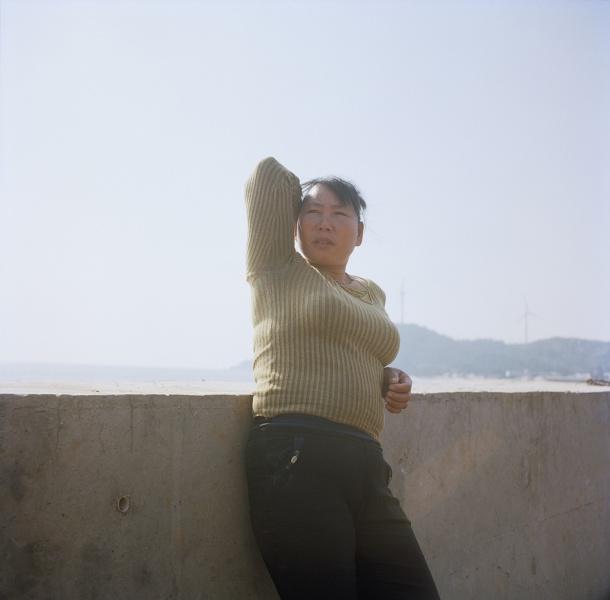


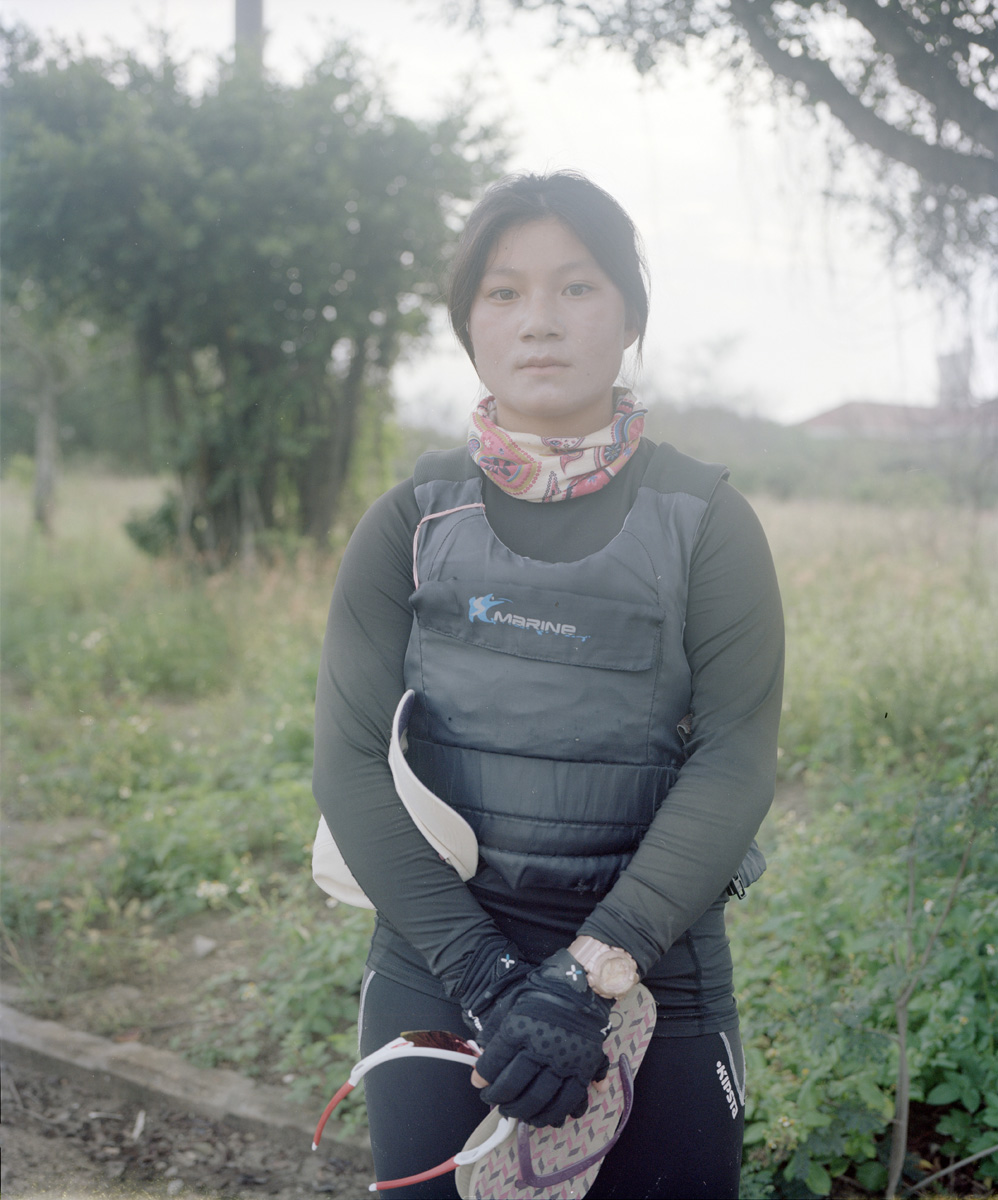
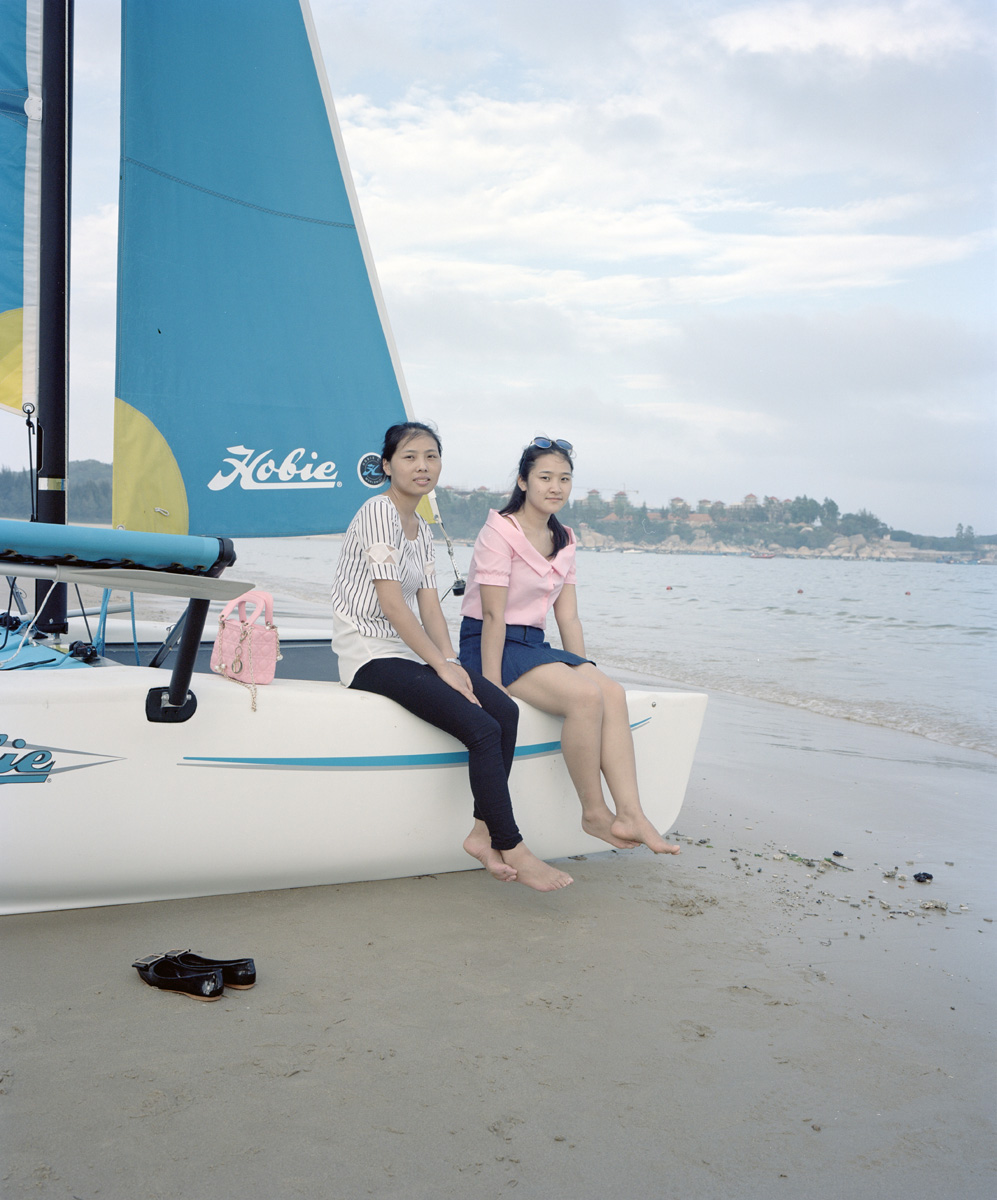

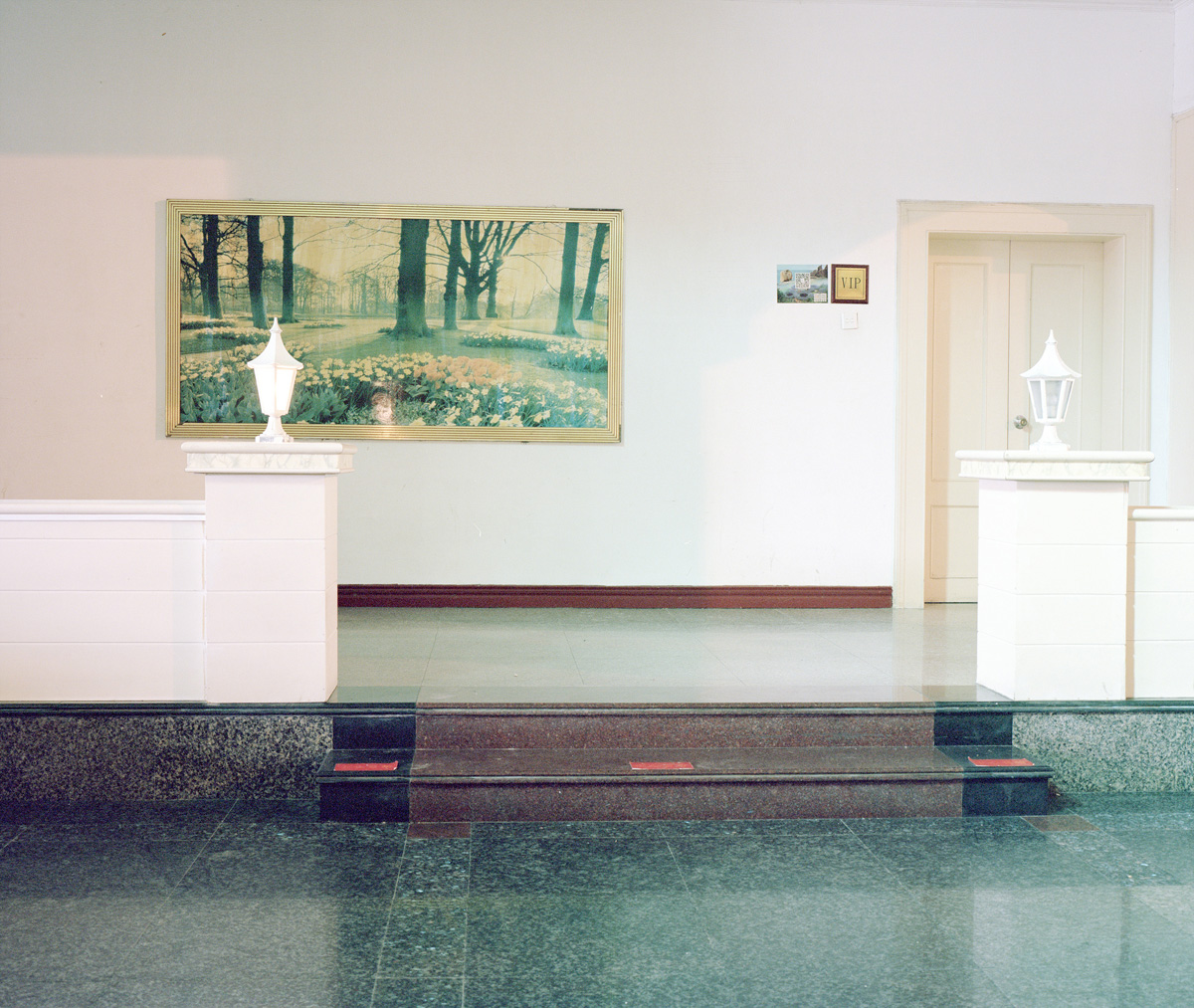



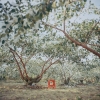
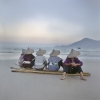
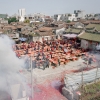



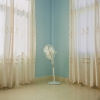





Comments 1
Pingback: FotoWeb - This Week's 10 Best Photography Links | Fotografia Magazine